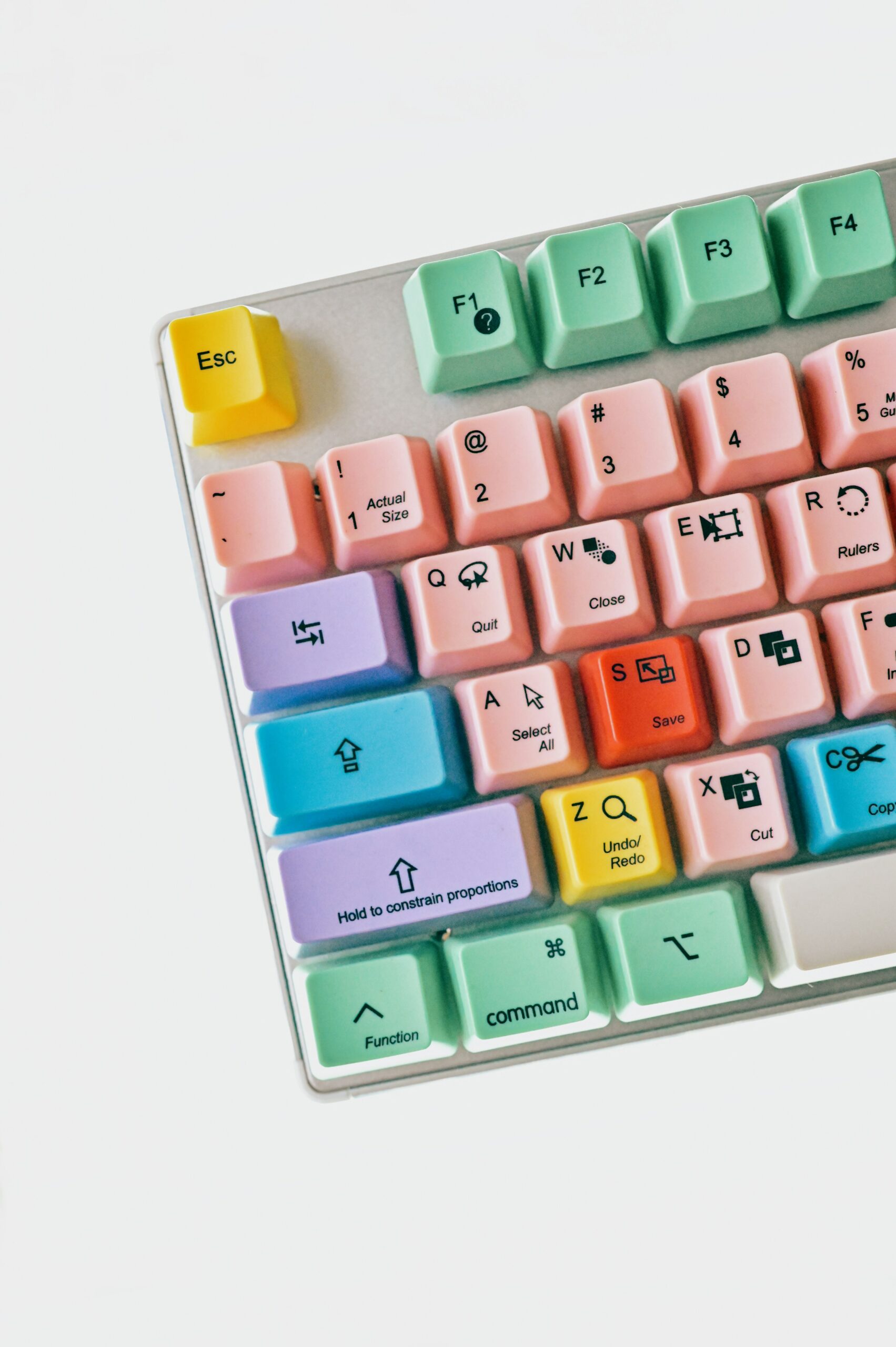
Photo by Girl with red hat on Unsplash
Ted Aoki’s Chapter 5, Toward Understanding Computer Application, led me to reminisce about all the technology I interacted with as a student in the 90s and early 200s and as a teacher. I remember in Grade 5, having to go to the school library in my K-6 school and practice my typing skills. We had old Mac computer systems with the Ultra Key typing program. We would spend hours throughout Grades 5 and 6 practicing typing. We even had those keyboard covers, so you couldn’t look at the keyboard while you typed. It was a bit intense, but I covet my typing skills now. I vividly remember a time when I was teaching Science to either Grade 7 or 8 students when they were in awe of my ability to type fast, without looking at the keyboard and to hold a conversation with them while typing. I remember being dumbfounded that they thought this was an impressive task since I had so much ‘training’ put toward this skill it was second nature. It was then that I realized that technology integration into the curriculum, which is already overloaded if you speak to teachers, didn’t give students the skills I had obtained in my academic career. I remember taking specific computer classes to learn about Word, PowerPoint, Excel, and Publisher. These were deemed vital skills I would need to know for life outside of school, which was confirmed in my instance. However, this was not the case for my students. They were expected to be taught these skills alongside their curriculum in Science, Math, English Language Arts, Social Studies, etc. This made me delve deeper into what skills my students would need in the future and how I could accommodate them. It was a stepping stone in my exploration of technology for 21st-century learners. The latest addition to the repertoire is artificial intelligence and its educational implications.
Leave a Reply